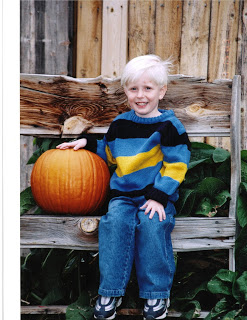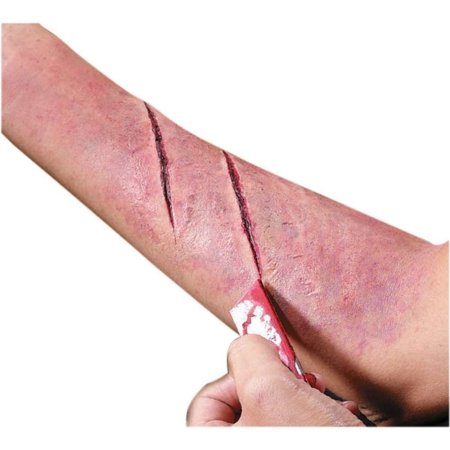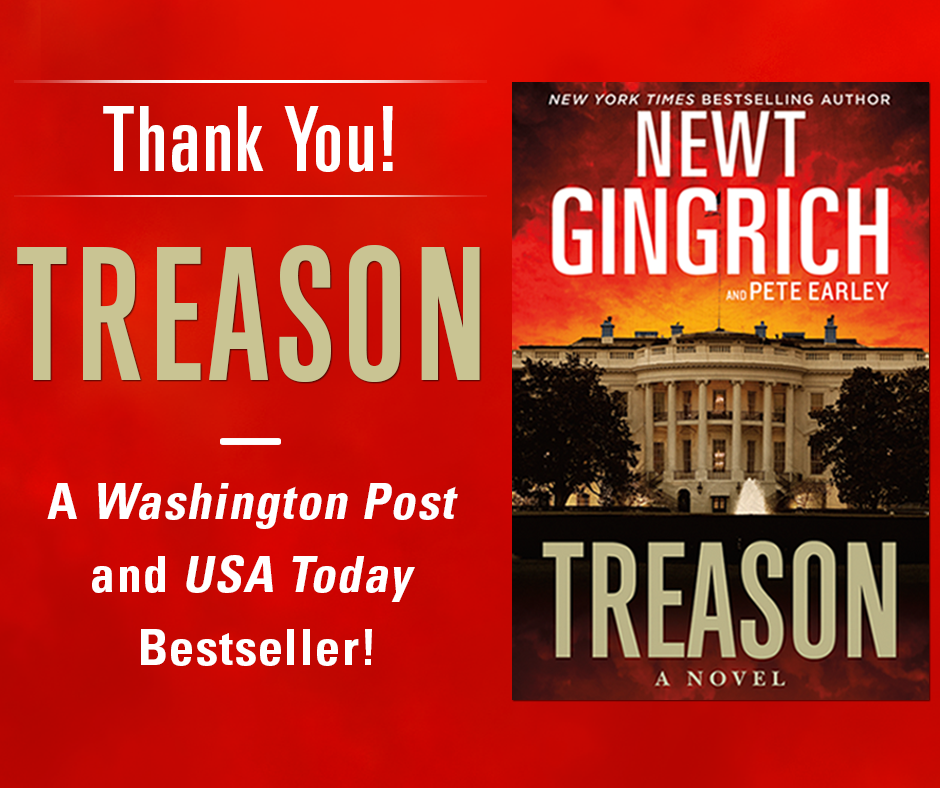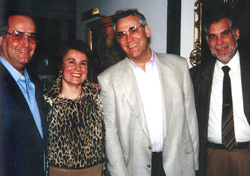(10-25-16) In a Washington Post story posted today, Reporter Colby Itkowitz cites this week’s decisions by Walmart and Rubies Costumes to drop their suicide kit makeup as an example of how advocates are successfully calling attention to stigmatizing Halloween rides and costumes.
She also writes about other successful recent protests, including one on this blog against Knott’s Berry Farm’s Fear VR: 5150, a virtual reality “haunted experience” that promised to scare patrons by transporting them inside a psychiatric hospital where a demonically possessed patient is on the loose.
One of the questions that Reporter Itkowitz asked when she called is whether I think there’s been progress in recent years when it comes to combating stigma.
“Yes,” I replied.
I suspect that ten years ago, editors would have snickered if she had proposed a story about how mental health advocates object to Halloween costumes and rides that marginalize individuals with mental illnesses.
There will always be readers who belittle the importance of speaking out, but I believe our efforts encourage the public to think about how stigma keeps people from seeking help.
Halloween attractions use mental illness to scare us. Here’s why advocates say it must stop.
By The Washington Post
When Amelia Joubert visited the local haunted Halloween attraction in previous years, she always avoided the “7th Ward Asylum.” But last year, she decided to go in.
The attraction at Carowinds, an amusement park run by Cedar Fair Entertainment on the border of North and South Carolina, was described this way: “You would be crazy to tour this twisted asylum. Lost and tortured souls are all that remain, but you’ll see plenty that will make you question your sanity. … The 7th Ward was home to the Carolina’s most chronically insane. From murderers to crazed psychopaths, many of the poor souls trapped behind the Gothic walls would spend their entire lives there. As you walk these halls today, be sure to stay with your group. This is one place you don’t want to be committed.”
For Joubert, an 18-year-old college freshman, this depiction of mental hospital patients stung.
Because she has been a patient.
At 15, Joubert was diagnosed with dissociative identity disorder, previously known as multiple personality disorder. The only person she’s ever harmed, she said, is herself.
“One thing that stuck out to me is that one of the actors said, ‘The voices in my head are telling me you’re going to die.’ That stuck out to me. I hear voices and it made me feel like I was being misrepresented,” she said.
There are examples of asylum-based Halloween attractions all over the country. Every year at this time, right next to the chainsaw-wielding masked men and flesh-eating zombies, are the mental hospital patients. The message isn’t subtle: People with mental illness are to be feared.
But this year, under pressure from mental-health advocates, haunted attractions big and small have begun to change names and descriptions of — or have shut down completely — scenes that depicted mental illness as frightening. The activism is part of a broader, burgeoning movement to lift the stigma about mental illness, which has long led to social and employment discrimination.
[The stigma of mental illness is under attack by sufferers, who are coming out publicly and defiantly]
This year, Carowinds changed the asylum theme to a more generalized hospital scene called “Urgent Scare.”







